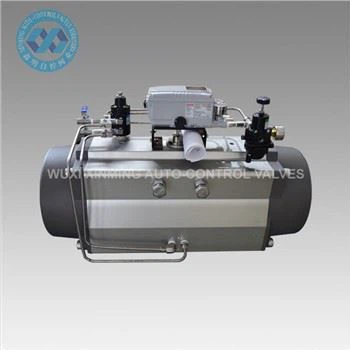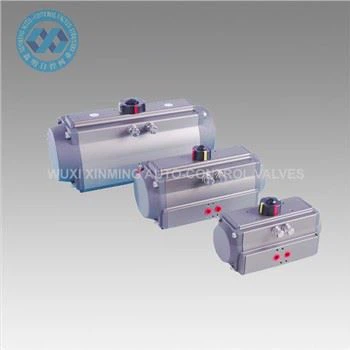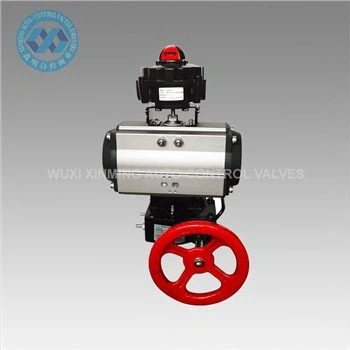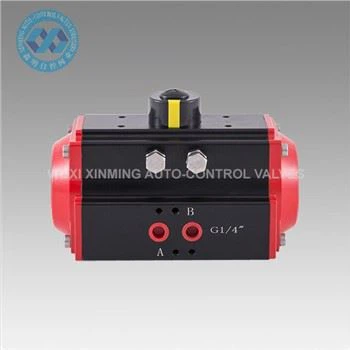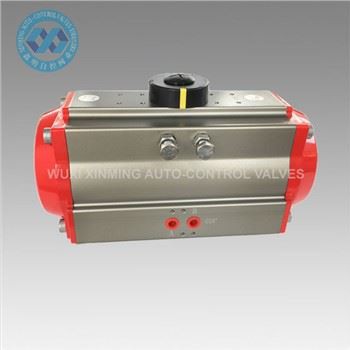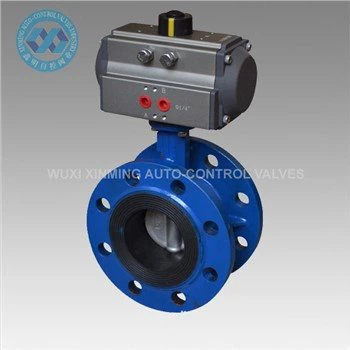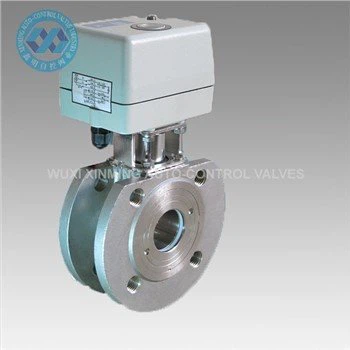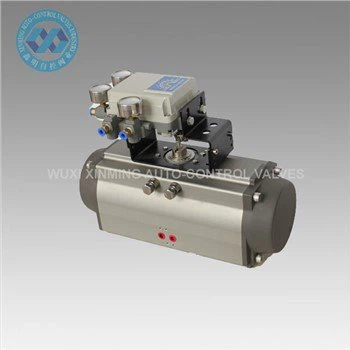This article explores recent advancements in the control and design of double-acting pneumatic actuators, focusing on algorithmic optimization, experimental validation, and mechanical improvements. Key contributions include the integration of predictive control frameworks, novel valve configurations, and additive manufacturing techniques to enhance precision and efficiency.
1. Control Strategies
Generalized Predictive Control (GPC) with Bat Algorithm: A study proposes a GPC framework optimized via the Bat algorithm to manage the nonlinear dynamics of double-acting pneumatic cylinders. This approach improves tracking accuracy and reduces air consumption by dynamically adjusting predictive parameters.
Pulsewidth Modulation (PWM) for On/Off Valves: Experimental tests demonstrate the use of PWM-driven solenoid valves for position control, achieving stable performance with a 12-bit A/D PC board interface. This method reduces hardware complexity while maintaining sub-millimeter positioning precision.
2. Mechanical Design Innovations
Pressure Regulation via Non-Return Valves: A recent design incorporates adjustable non-return valves between compressed air supplies and actuator chambers. This modification allows precise control of chamber pressure reduction, enhancing energy efficiency and response times.
3D-Printed Linear Actuators: Additive manufacturing enables lightweight, customizable double-acting pneumatic actuators for specialized applications such as tendon gripping. This innovation highlights the potential for rapid prototyping and cost-effective solutions in robotics.
3. Experimental Validation
Friction and Dynamic Response Analysis: Studies investigate friction effects at constant velocities and validate actuator performance under varying loads. Results emphasize the importance of compensating for nonlinear friction to maintain consistent motion profiles34.
Position Control Benchmarks: Tests comparing traditional PID controllers with advanced strategies (e.g., GPC) reveal superior adaptability of predictive algorithms in handling disturbances and parameter uncertainties.
Conclusion
Advances in control algorithms (e.g., GPC with bio-inspired optimization) and mechanical innovations (e.g., 3D printing and valve retrofits) have significantly expanded the capabilities of double-acting pneumatic actuators. Future research should focus on integrating these advancements into industrial systems for scalable, energy-efficient automation solutions.
If you want to learn more about low-priced products, please visit the following website: www.xm-valveactuator.com


